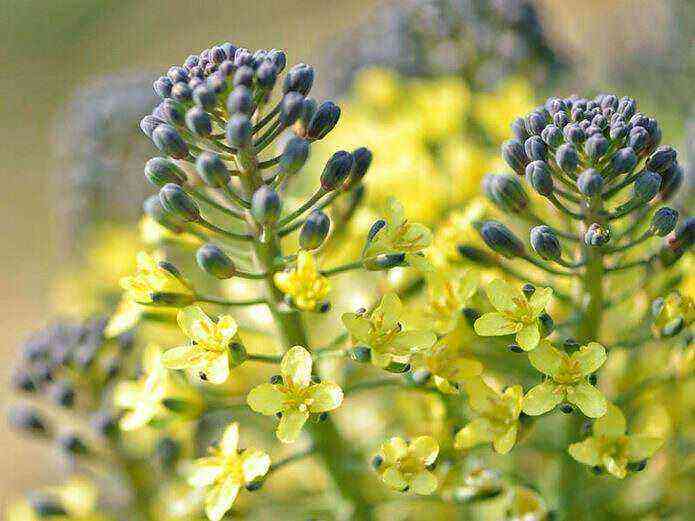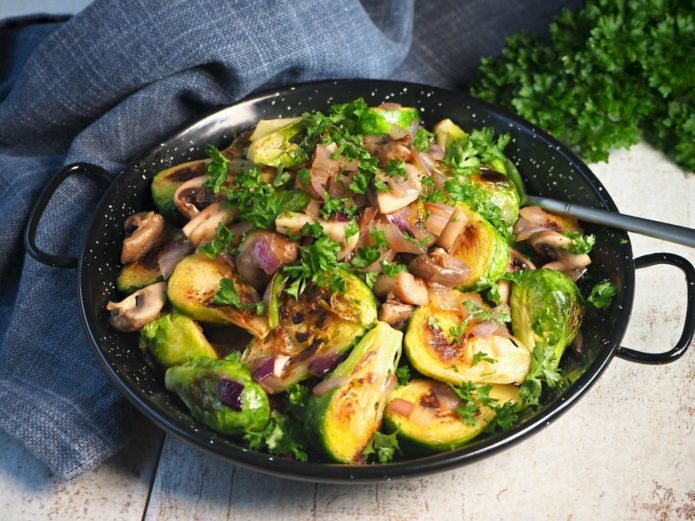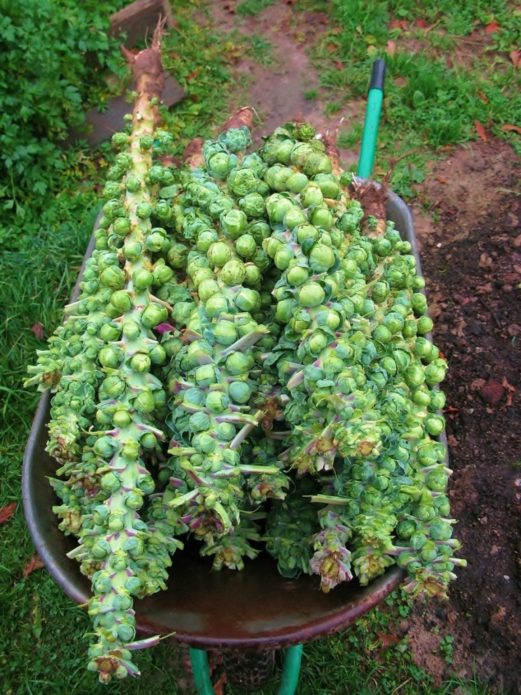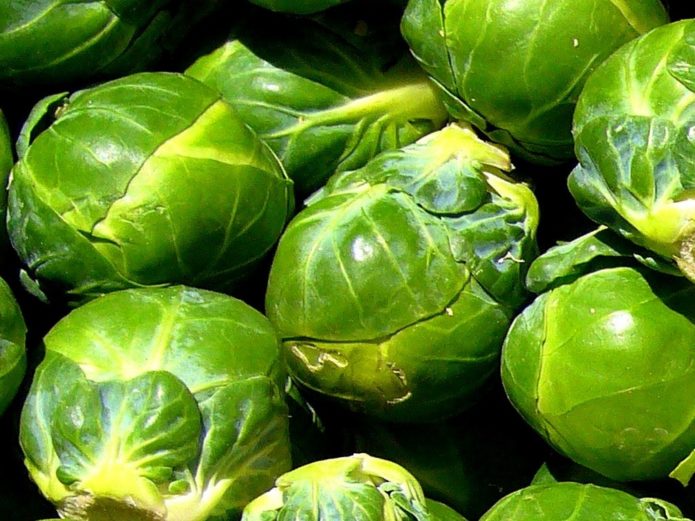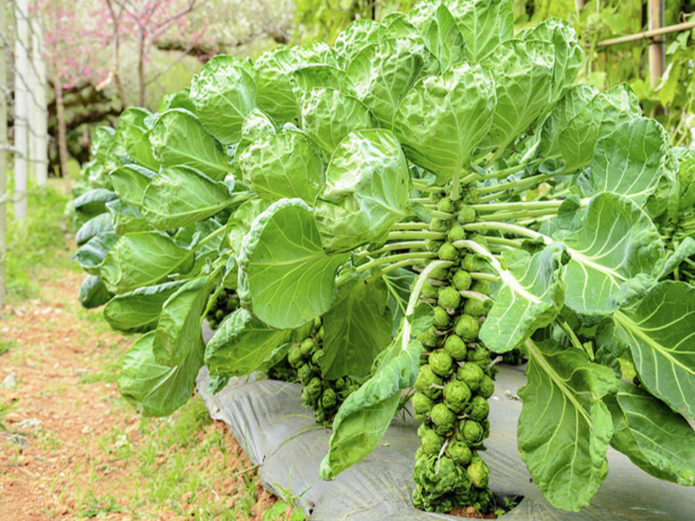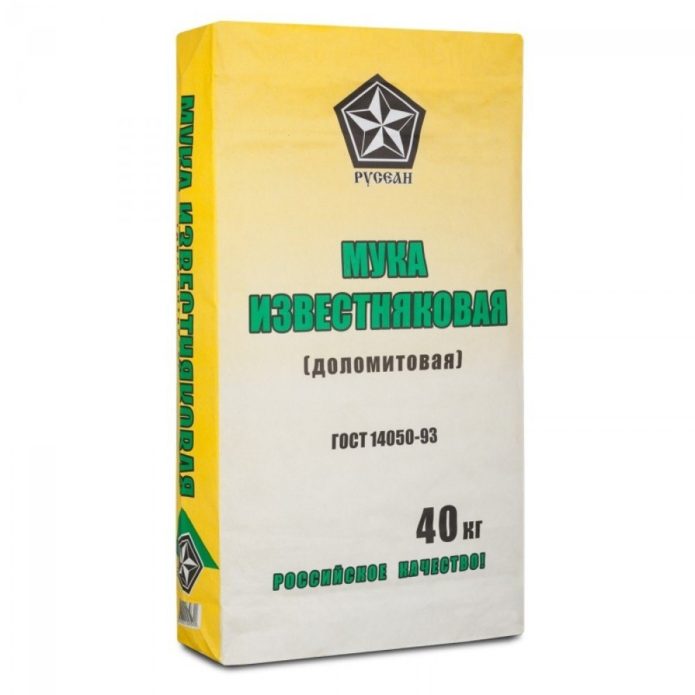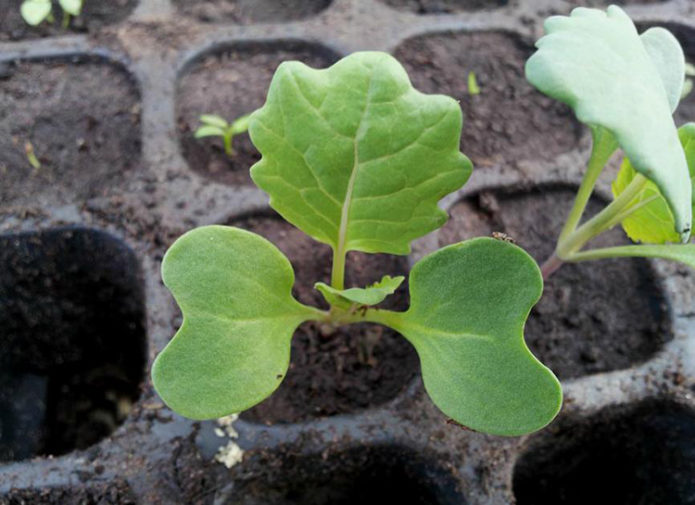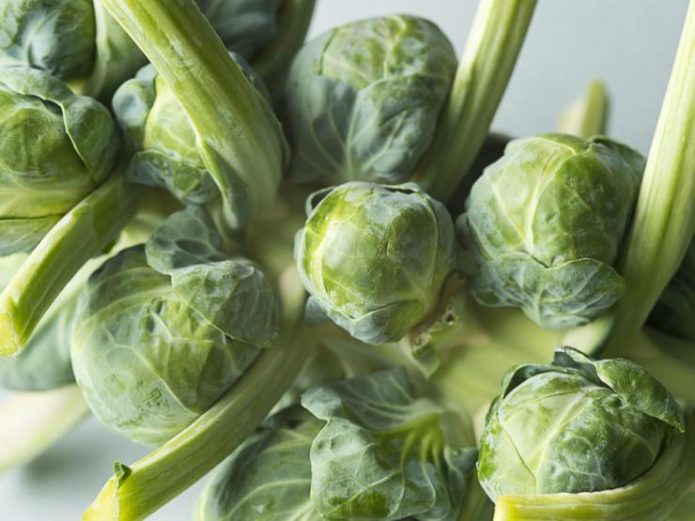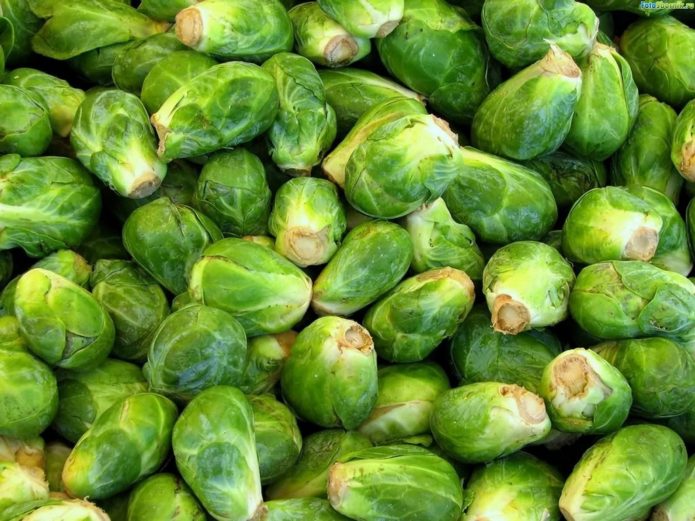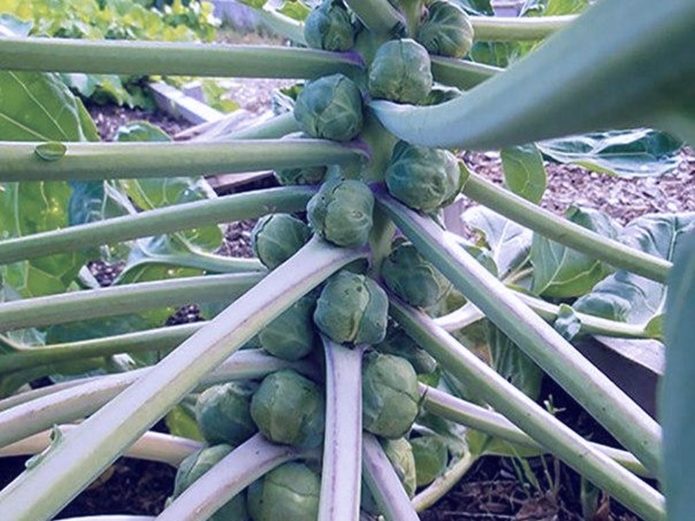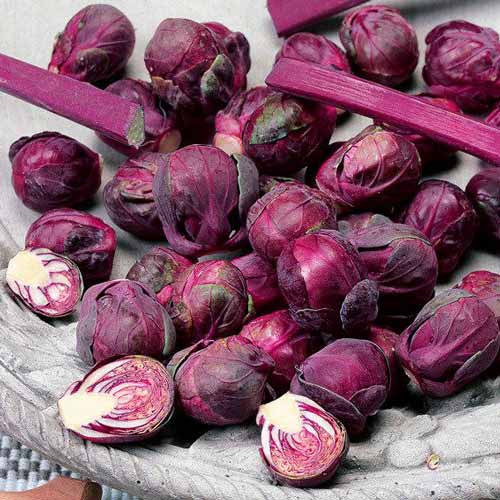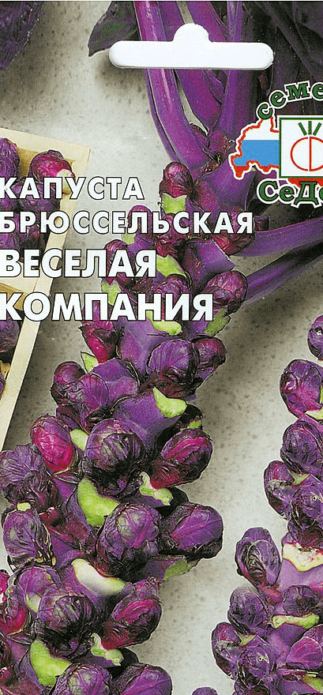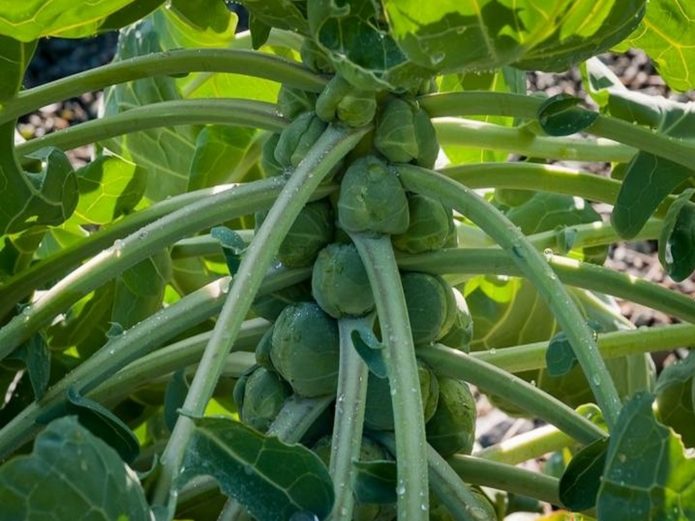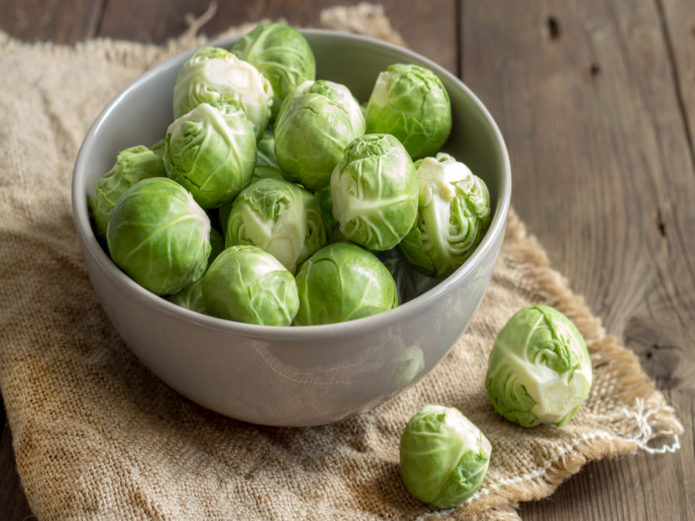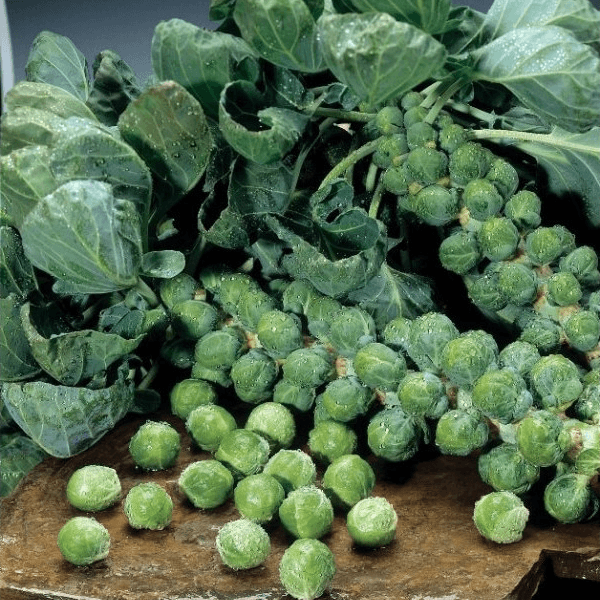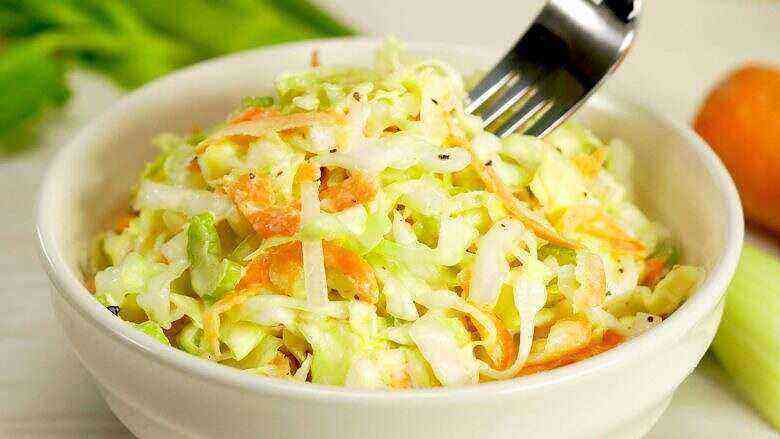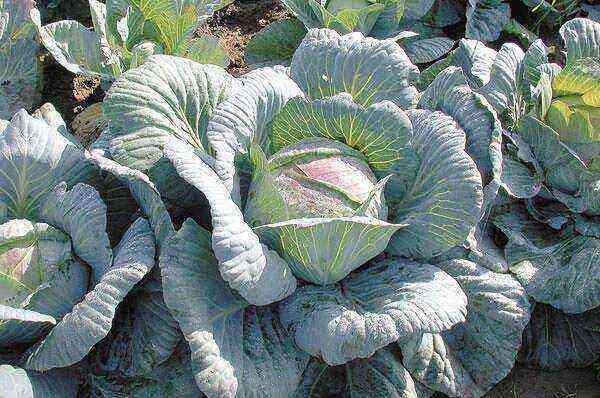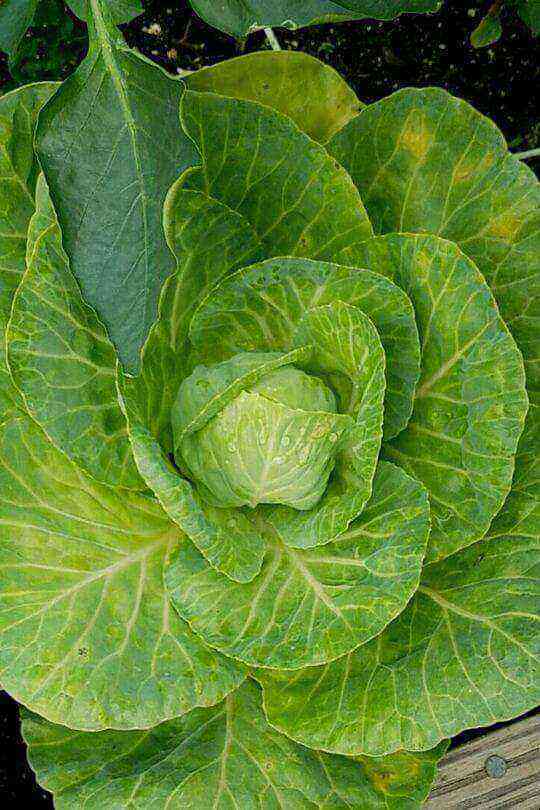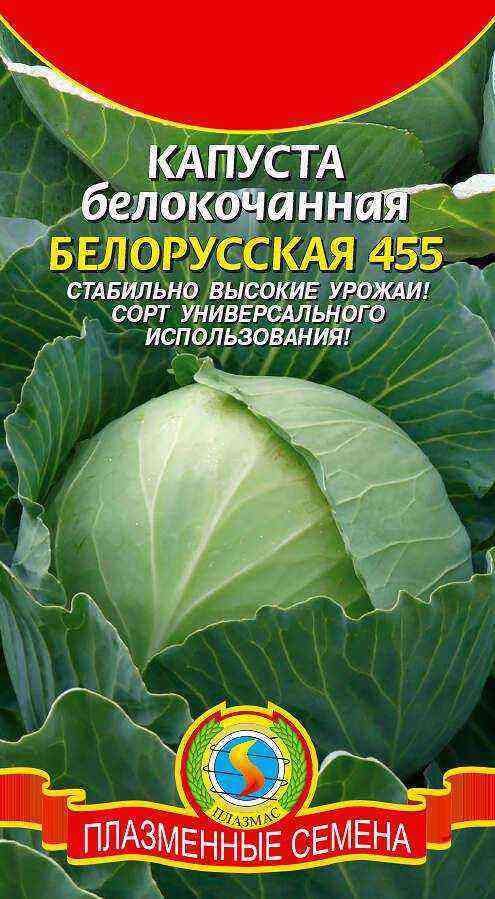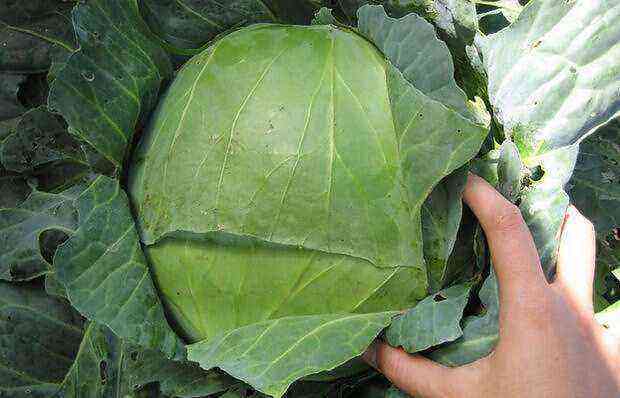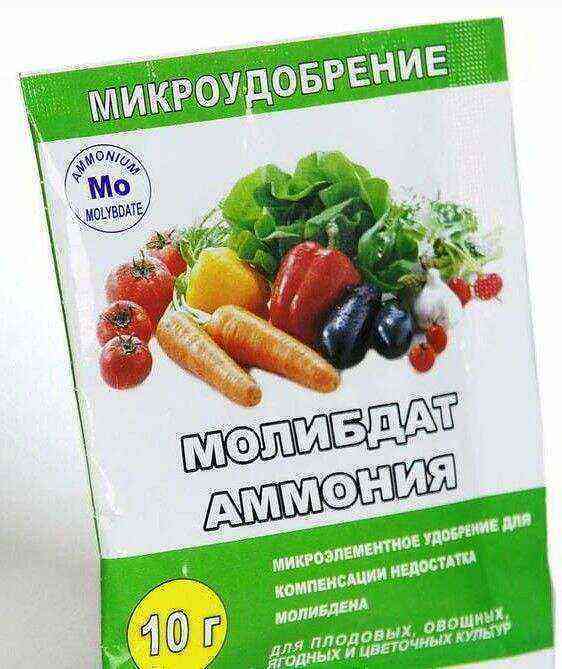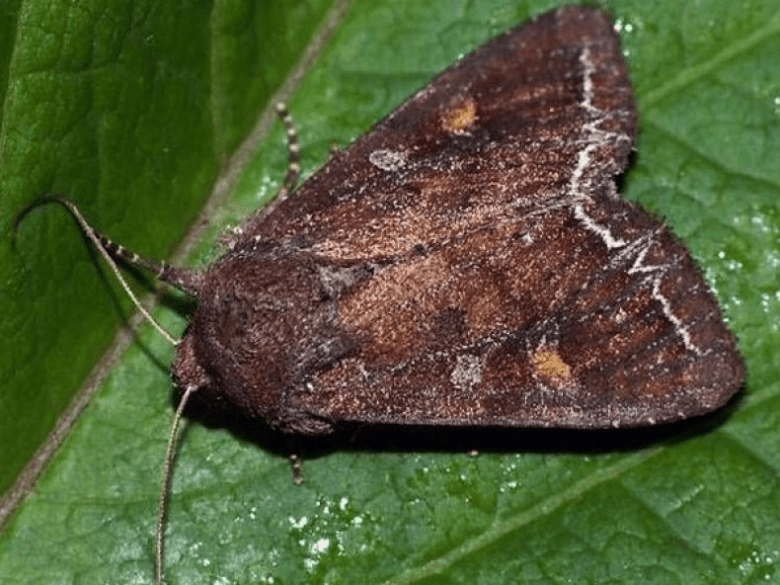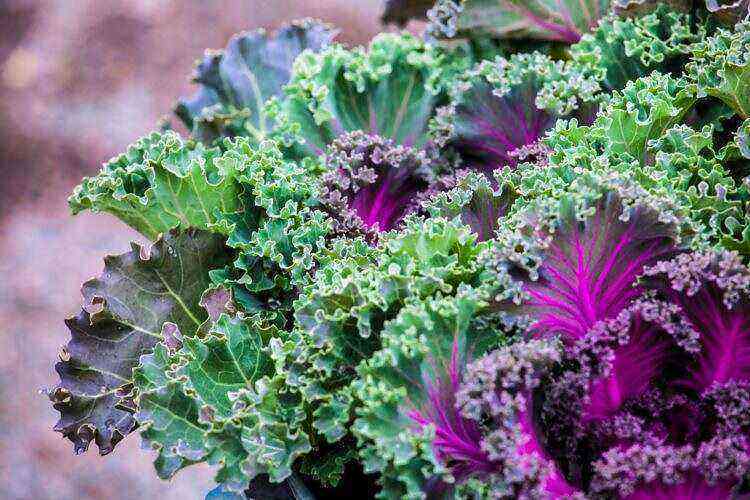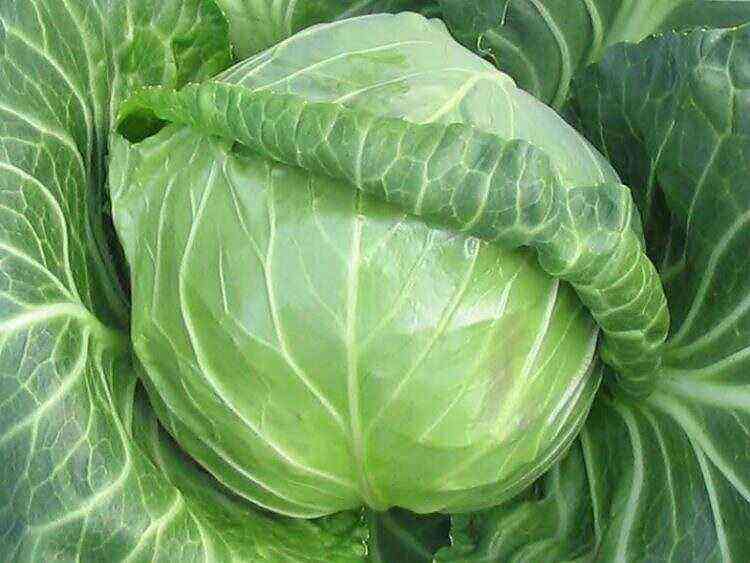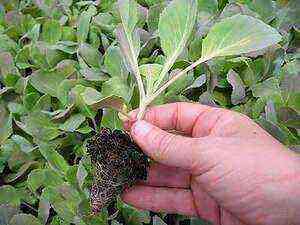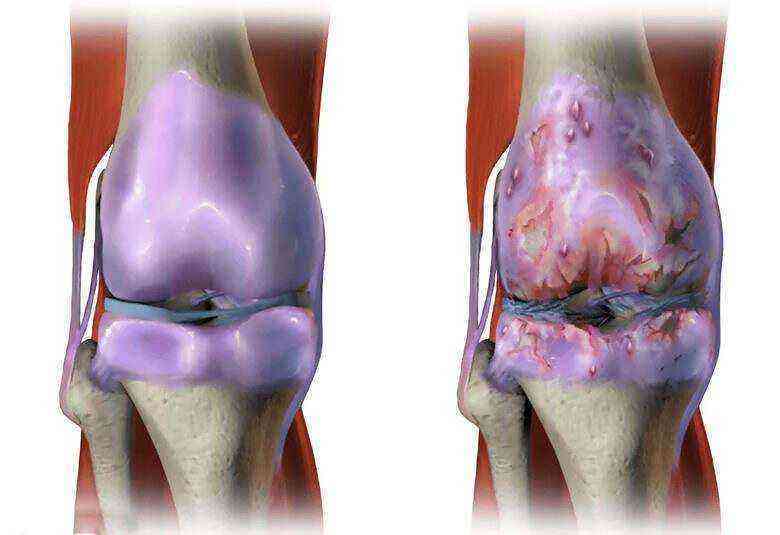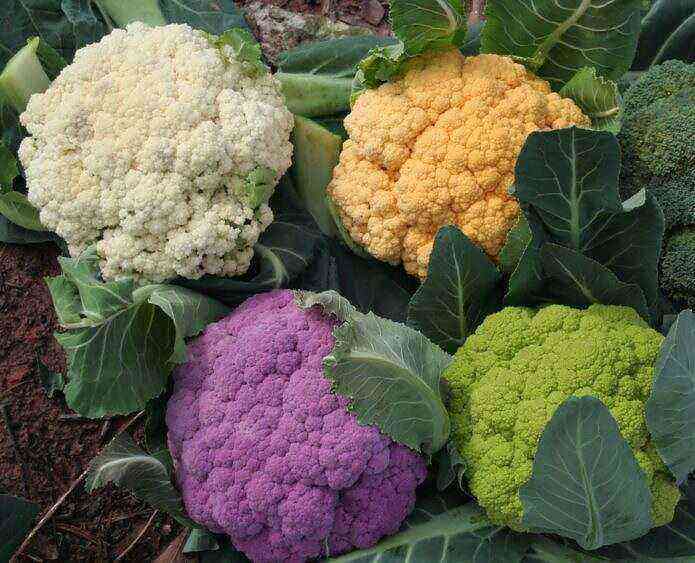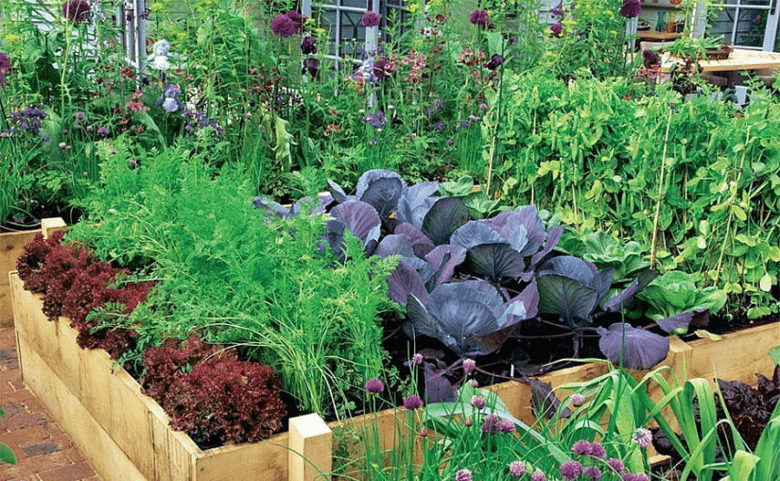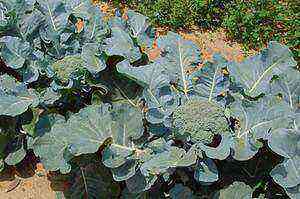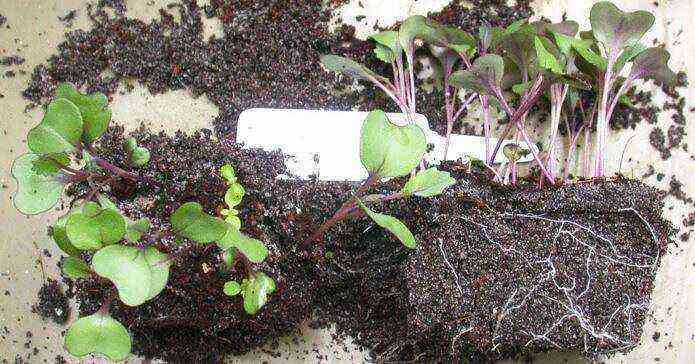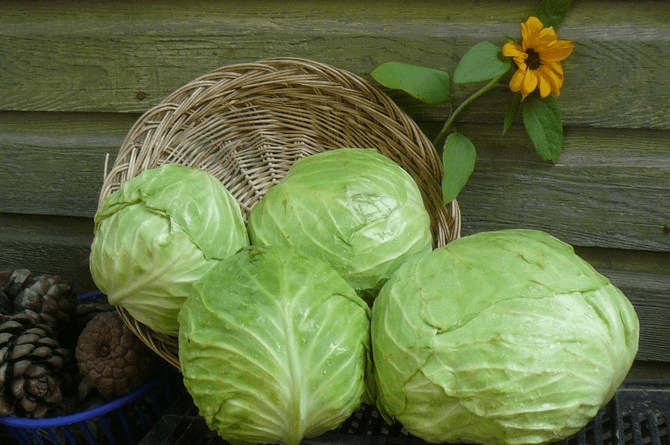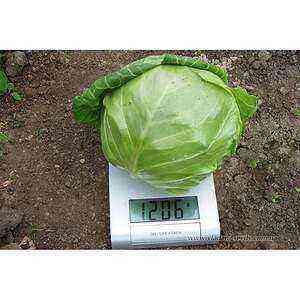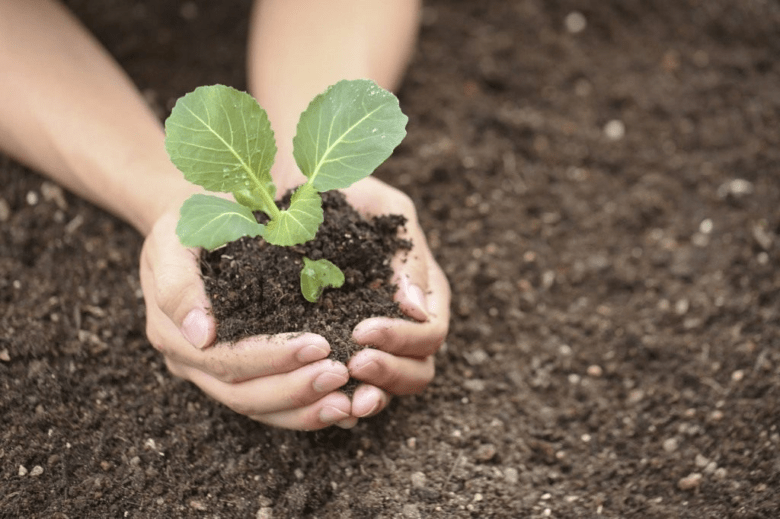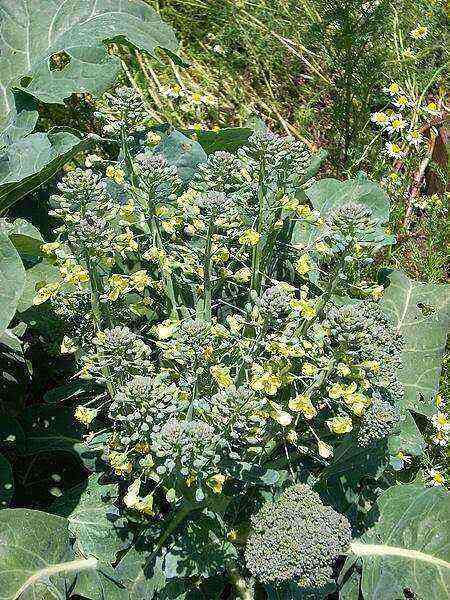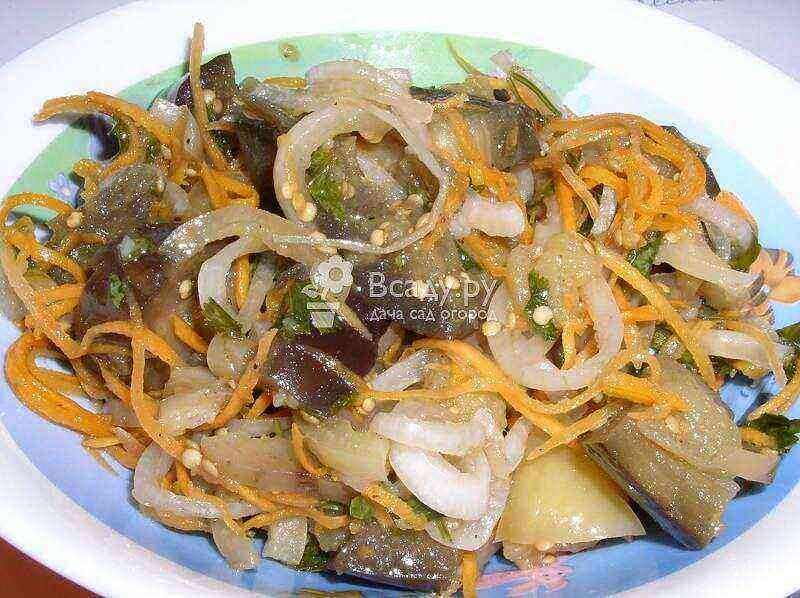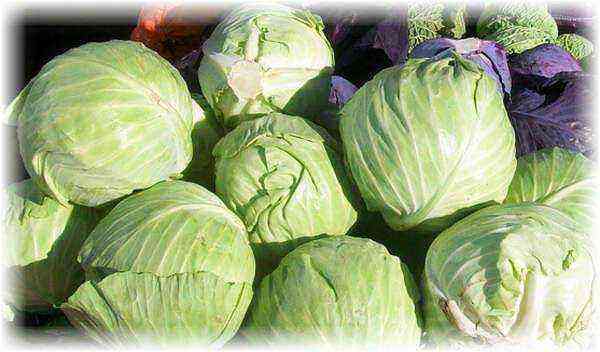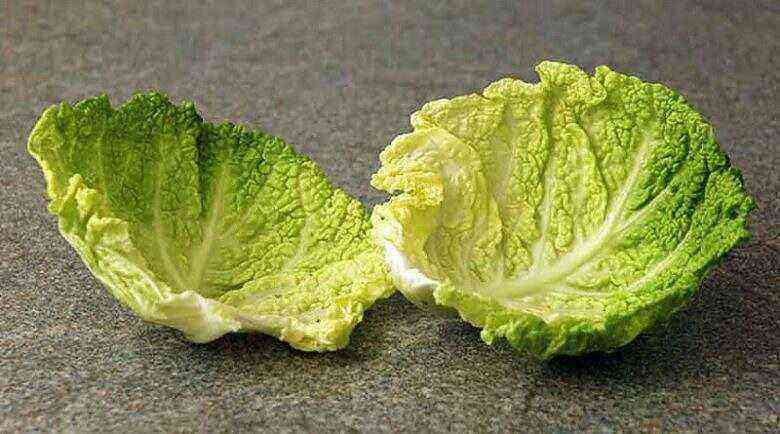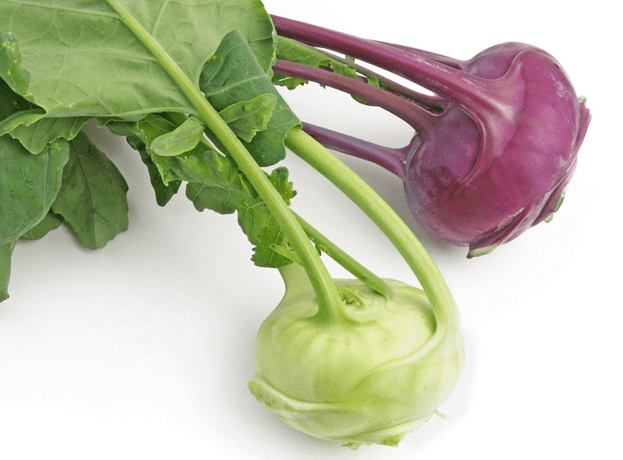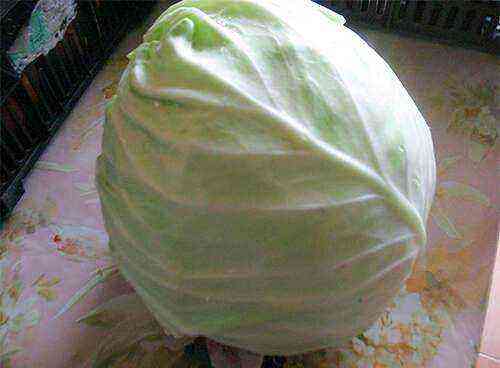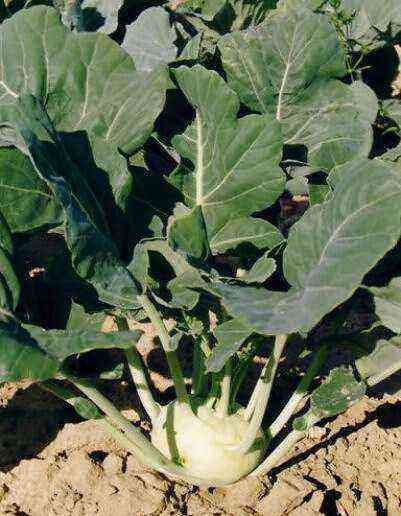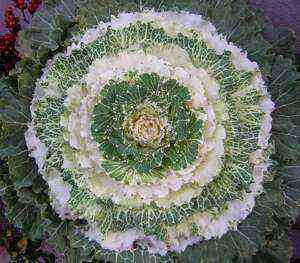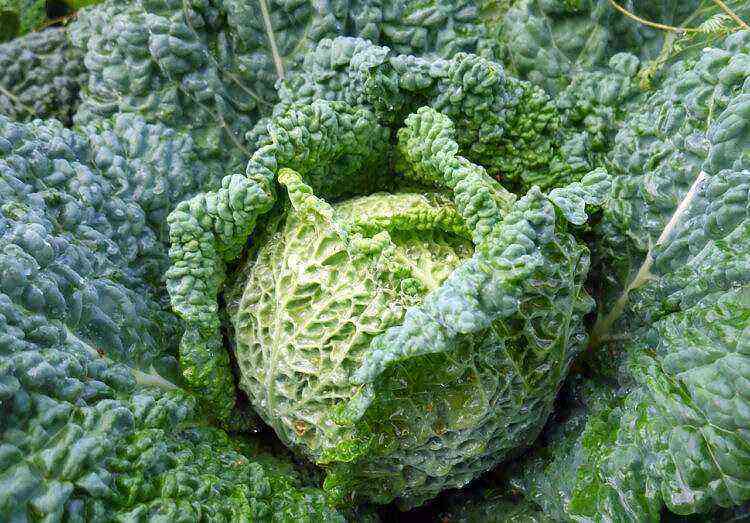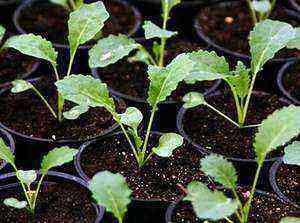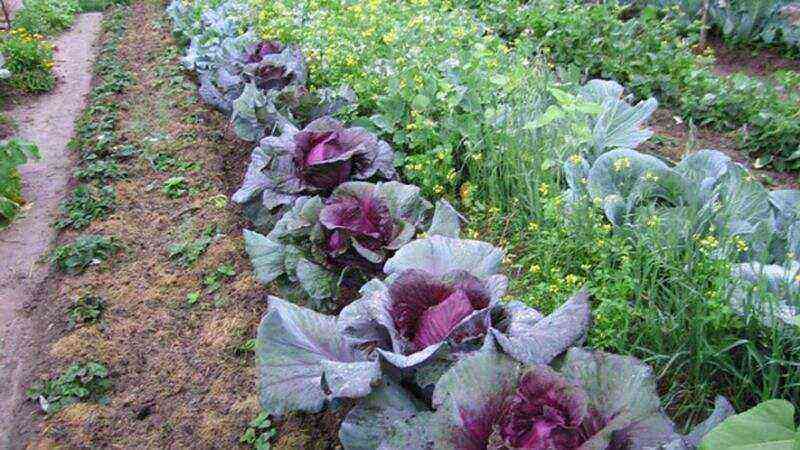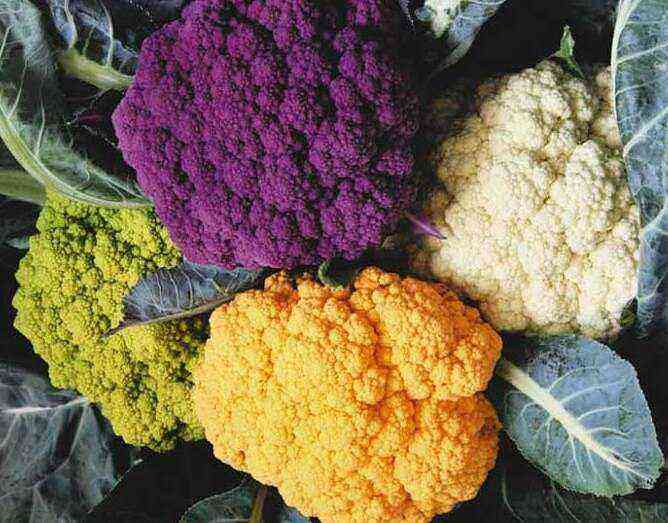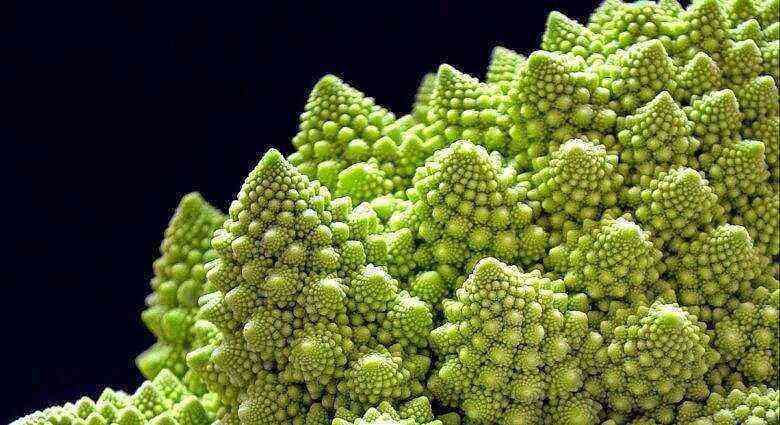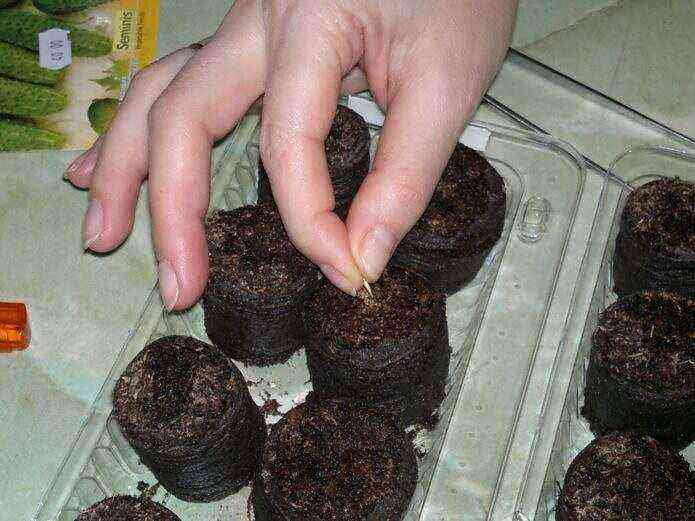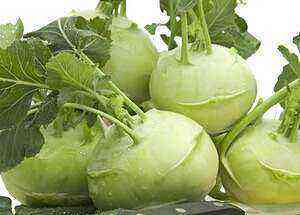Brussels sprouts have been known since the XNUMXth century, but gained popularity in our country only at the end of the XNUMXth century. Now it is not a curiosity, and small heads of cabbage, rather similar to green tomatoes or unripe walnuts, are grown in the backyards of the Moscow region, central Russia, Siberia and the Urals.
Distinctive features of Brussels sprouts
It is a biennial plant of the cross-pollinating family. Among other varieties of cabbage, it stands out for its unique appearance.
Brussels sprouts were developed from collard greens by breeders in Belgium, from where they spread throughout Europe. Karl Linnaeus (a famous Swedish botanist) first described this variety and named it Brussels in honor of gardeners from the capital of Belgium.
Description of the plant
In the first year, a thickened stem with a height of 0,2–0,8 m grows, ending in an apical open bud. On it are leaves, in the axils of which shortened processes develop, and at the top there are rounded or oval heads of cabbage. In appearance, these heads of cabbage are a reduced copy of white cabbage. Fruits in the amount of 20 to 100 pieces are usually light green or light green in color, but there are also red shades. The diameter of each is 2–5 cm, and the weight is 10–30 g. At first, the heads of cabbage are soft, but as they mature, they thicken. The vegetative period is from 85 to 180 days.
Young heads of Brussels sprouts are at first soft, but thicken as they ripen
In the second year, medium-sized yellow flowers bloom on the plant. The fruit is a pod, which contains small black seeds (1 g of them contains 200-300 pieces).
In the second year, medium-sized yellow flowers bloom on the Brussels sprouts bush
Species characteristics
Most varieties are frost-resistant. They begin to grow at + 2 °. Cabbage does not die even at -10 ° and continues to ripen. The optimum temperature for the growing season is 18–22 ° C. With an increase of three degrees, development is delayed and stopped.
Has a strong root system. Loves space, moisture and lighting. For this vegetable, choose the southern or southeastern slopes, avoid shaded areas. Use a 70 × 70 cm scheme when planting.
Plant requirements for soil:
- neutral or slightly acidic;
- well fertilized;
- loamy.
Brussels sprouts are grown on the same plot for 2-3 years in a row, and it is better to return the crop to the same place in five years. Do not plant it in beds where radishes, beets, radishes previously grew, due to common diseases and pests.
It is a vegetable that is high in nutrients. Useful properties are due to the presence of vitamins A, B, C, folic acid, protein and mineral salts. Cabbage is very beneficial for your health:
- increases immunity;
- improves the functioning of the digestive tract;
- strengthens the cardiovascular system;
- prevents the development of cancer;
- promotes tissue healing.
Since cabbage is low in calories and contains only 35 kcal per 100 g of product, it is often used for dietary nutrition. It is consumed fresh, frozen and canned, can be fried, stewed and added to soup.
Brussels sprouts go well with meat and mushrooms
This variety of cabbage has a high yield: from 1 m2 harvested from 1,1 kg to 2,5 kg of vegetables. Harvesting takes place gradually, selectively, as it ripens, starting from the lower heads of cabbage. Fully ripe Brussels sprouts are considered when the heads of cabbage reach a waxy sheen and the leaves of the plant turn yellow.
Brussels sprouts are highly productive
The separated heads are used immediately or frozen. When cutting the entire stem with heads of cabbage, the crop can be eaten fresh for four months. Store cabbage in a cool place.
The correct choice of variety
Breeders and experienced farmers advise you to take seriously the issue of planting material for your climate in order to maximize your yield. First of all, you need to pay attention to the growing season: the further north the region, the shorter the ripening period should be. Currently, special hybrids have been developed for Siberia and the Urals, for example, the early Dolmik F1 of Dutch selection. Its fruits are green-yellow in color, weighing up to 17 g. 1,7–2,5 kg are harvested from a square meter.
Dolmik F1 Brussels sprouts hybrid bred in Holland
You should also pay attention to the yield. On average, about 50 heads of cabbage ripen on one plant, but there are varieties with 70 fruits or more. And the Perfection variety of Russian selection gives up to 5 kg per bush per year.
The variety of Brussels sprouts Perfection yields up to 5 kg of cabbage per bush per year
Top growers of Brussels sprouts seeds
Modern developments at the genetic level are aimed at creating hybrids, because they:
- better protected from diseases and pests;
- contain protein, minerals, vitamins, amino acids, carotene;
- more productive;
- differ in amicable ripening of fruits.
We can mention the hybrids Dolmik F1, Frigate F1, Explorer F1, Boxer F1.
Seeds should only be purchased from growers or authorized dealers.… The main task of breeders is not only the selection and reproduction of plants with improved varietal characteristics, but also obtaining excellent seeds, monitoring compliance with all storage conditions (terms, temperature and humidity).
Well-known Russian agricultural firms: “Gavrish”, “Manul”, “Russian Garden”, “Aelita”, “Biotekhnika”, “SeDeK”, “Poisk”, “Siberian Garden”, “Seeds of Altai” – produce vegetable crops for open and closed soil, increase their yield, improve the characteristics of planting material and create hardy hybrids.
Dutch company “Bejo Zaden” (dealers in Russia: JSC “Beyo Semena”, JSC “Beyo Semena Rostov”, LLC “Primus”), Japanese “Sakata Seed Corporation” (dealers: “Gardens of Russia”, “Your Garden”, ” Agro-SOS “), Israeli” Hickerson Tsvan “(dealers:” Tvoy Sad “,” Agro-Department “) are the most famous seed producers in the world.
Features of cultivation in different regions
To obtain a high yield, the planting of Brussels sprouts and their care must be carried out taking into account the plant requirements for the soil and the climatic zone. It is better to prepare the beds in all regions in the fall in the following order:
- Dig the ground.
- Apply mineral (20-30 g of superphosphate and 15-20 g of potassium sulfate) and organic fertilizers (5-8 kg of compost) per 1 m2.
- If the soils are acidic, you need to make lime by adding slaked lime and dolomite flour in an amount of 200-400 g / m2.
The addition of dolomite flour reduces the acidity of the soil
At the end of April, 20-25 g / mXNUMX should be added to the finished bed2 urea or ammonium nitrate and loosen well.
Planting and growing Brussels sprouts in the Moscow region
In the Moscow region, where return frosts are common in spring, seeds of Brussels sprouts are sown in late March or early April for seedlings under a film at a distance of 4 cm and a depth of 2 cm. The optimum temperature for germination is + 6–8 ° at night and + 18–20 ° during the day at a relative humidity of 70%. Seedlings appear on the 3-4th day. You need to ventilate crops for 5-10 minutes every day. After a month, when 4–6 leaves are formed, you can start transplanting into open ground. It is imperative to regularly water the seedlings – 1-2 times a week, loosen and huddle (there is no unambiguous opinion about hilling).
Seeds of Brussels sprouts for seedlings are sown in late March or early April
It is enough to make two dressings:
- 10 days after planting in the ground (if the holes were not fertilized during planting) with nitrogen fertilizer (2-3 g per 1 m2);
- at the beginning of the formation of the crop with potash fertilizer (you can take potassium sulfate in the amount of 2-3 g per 1 m2) or a solution of complex mineral or organic fertilizer, two liters for each bush.
Experienced farmers advise pinching the top of the cabbage for a high yield. Fruits are harvested gradually, until late autumn. Mid-season and late versions are suitable for this region: Casio, Garnet Bracelet, Hercules, Commander, Sapphire.
Growing in Siberia and the Urals
In these regions with a short summer, it is better to grow early varieties of Brussels sprouts (Rosella, Dolmik F1, Perfection, Alkazar F1, Akropolis F1) with ripening periods of 85 days or more. Brussels sprouts are grown only by the seedling method, as described above. In this climatic zone, the soil warms up later, so young plants are transplanted into the ground in early June, and harvesting begins in October (according to the recommendations of the breeders).
The best varieties of Brussels sprouts
Among all the species listed in the State Register of Breeding Achievements of the Russian Federation and admitted for cultivation in the regions of Russia, there are varieties and hybrids (F1). There are no restrictions on the climatic zones of cultivation – Brussels sprouts grow well in any area. According to the ripening period, the varieties are divided into three groups:
- early ripe,
- mid-season,
- late-ripening.
Early-ripening varieties
For early maturing varieties, ripening periods from 85 to 120 days are indicated.
Diablo
A mid-early variety of Brussels sprouts, up to 55 medium-sized rounded and green heads of cabbage ripen. The mass of one head of cabbage is 15-18 g. The taste is characterized as excellent. The yield is average. The variety is frost-resistant.
The Diablo variety of Brussels sprouts is characterized by frost resistance
Long Island
A well-known variety from the United States that appeared in the late 1890s. The ripening period is 85-100 days. Plant height up to 80 cm, forms 30-60 green fruits weighing 10-20 g each. It tolerates frost well. Collect up to 1,2 kg per square meter. It tastes great. Resistant to fungal diseases.
Long Island Brussels sprouts taste great
Rosella
A mid-early variety from Germany, known since 1995. The height of the bush is 40–60 cm. Green cabbage heads weighing 12–20 g, up to 50 pieces per bush. Productivity – 1,1-1,7 kg / m2. When the temperature drops, it does not lose its taste. Rich in vitamin C and folic acid. During freezing, it does not change its properties and structure.
Rosella, a variety of Brussels sprouts, does not change its properties and structure during freezing.
Medium-ripening varieties
The ripening period of mid-season varieties ranges from 120 to 140 days.
Casio
Russian-Czech variety, known since 1997. Vegetative period – 130-140 days. The height of the bush is 50–70 cm. Up to 60–70 blue-green heads of cabbage, weighing 10–11 g and a diameter of 2–3 cm, ripen on one bush. Productivity – 1,8–2 kg / m2. Excellent nutty taste.
Casio Brussels sprouts have a delicious nutty flavor
Garnet bracelet
This is a frost-resistant hybrid of Russian selection, bred in 2011. The ripening period is 120 days. Plant height – 60–70 cm. Forms up to 30–40 small heads of rounded shape and purple color, which increases with decreasing temperature. Productivity – 1,5-2 kg / m2.
A variety of Brussels sprouts Pomegranate bracelet has beautiful purple heads of cabbage, which intensifies as the temperature decreases
Cheerful company red
A variety of Russian selection, bred in 2011. Ripening period – 130-140 days. The taste is good. Productivity 2,4 kg / m2. Frost-resistant variety forms up to 60 heads of cabbage weighing 10–12 g. Productivity – 2,4 kg / m2.
The variety of Brussels sprouts Veselaya Kompaniya is characterized by good tolerance to low temperatures
Late varieties
The maturation period of late varieties of Brussels sprouts reaches 170 days.
Hercules
This is the most common variety of Brussels sprouts, bred by the All-Russian Research Institute in 1950. The full growing cycle is 145–160 days. The height of the bush is 45–60 cm. Forms 20–35 oval, gray-green fruits, 5–6 cm in diameter and weighing 8–10 g. Frost-resistant variety. Collect 2-2,5 kg / m2 as it ripens. Hercules is weakly affected by fungal infections.
Medium late variety of Brussels sprouts Hercules is weakly affected by fungal infections
Commander
A variety of domestic selection in 2011. The vegetative period is 112-122 days. A medium-sized bush grows up to 60 cm. 20–40 green heads are formed on it, 2–4 cm in diameter and weighing 8–10 g. Frost-resistant culture, withstands short-term frosts down to -10 °. Productivity – 1,8-2,3 kg / m2.
Mid-late variety of Brussels sprouts Komandor can withstand short-term frosts down to -10 °
Sapphire
Variety of Russian selection in 2009. The ripening period is 160 days. A medium-sized bush. Forms up to 50 green fruits 3-4 cm in diameter and weighing 8-14 g per plant. Collect up to 2,5 kg heads from 1 m2.
Late variety of Brussels sprouts Sapphire forms up to 50 fruits on a bush
Diamond
A hybrid originally from Holland, bred in 2013. 30-60 bluish-green heads of cabbage are formed on the bush, the weight of which is 10-20 g. Frost-resistant type. Productivity 1-3 kg / m2.
Brussels sprouts variety Brilliant bred in 2013
Reviews of varieties and producers
Having got acquainted with the main characteristics of Brussels sprouts, the variety of varieties and the subtleties when choosing a species, you can safely take up the cultivation of an unusual vegetable crop in your summer cottage and get a high yield, rich in vitamins and minerals.
Hello! My name is Elena. Age 45+. Educated as a teacher of Russian language and literature.
